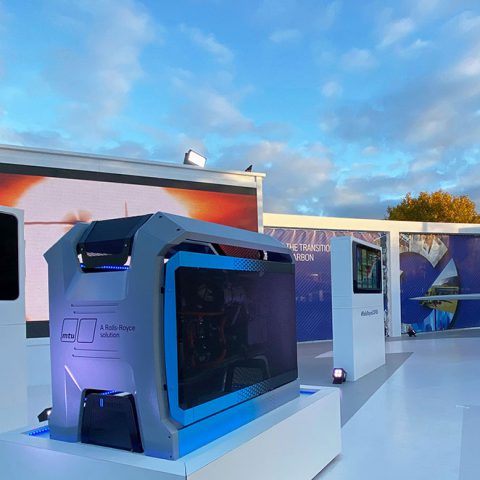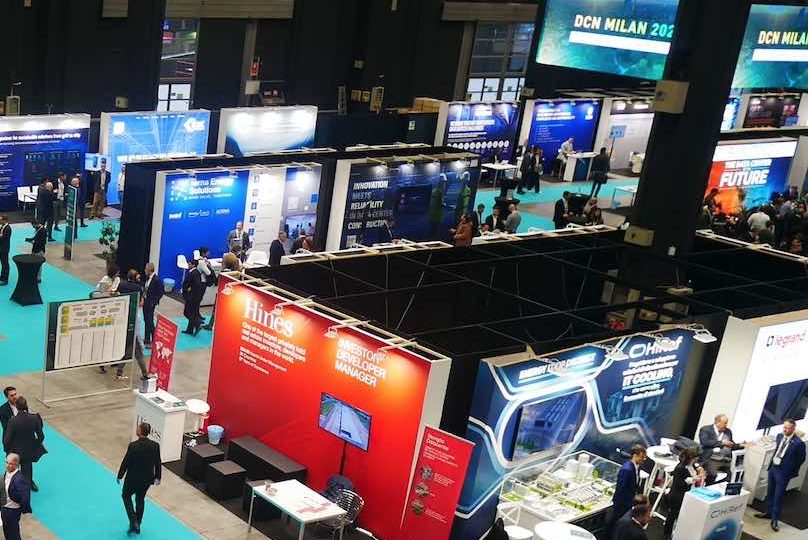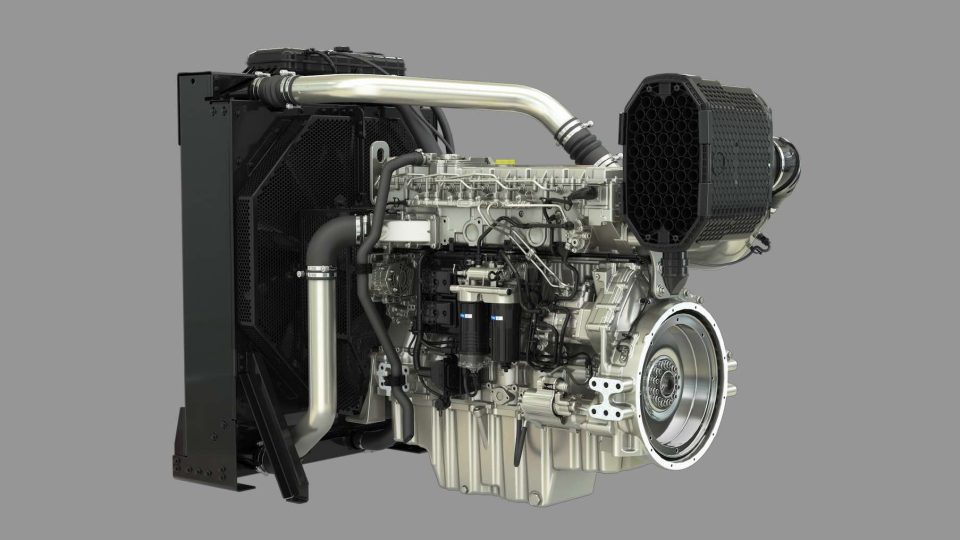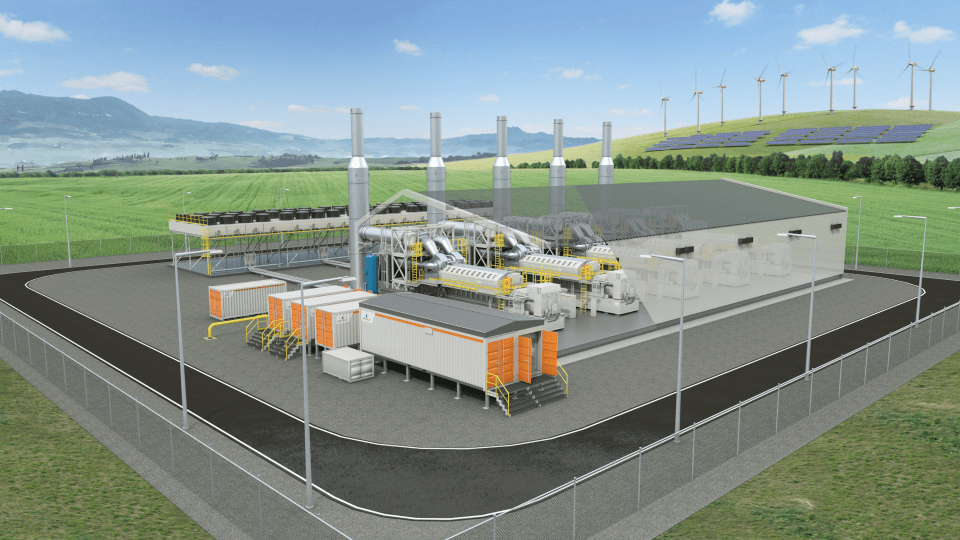Rolls-Royce and cellcentric cooperate for hydrogen fuel cells
Rolls-Royce and Cellcentric, a joint venture company set up by Daimler Truck AG and Volvo Group AB, are taking the next step in their strategic cooperation for the deployment of Cellcentric hydrogen fuel cell modules. Rolls-Royce, through its Power Systems business unit, is to develop complete mtu hydrogen fuel cell solutions based on cellcentric’s fuel cell modules that emit nothing other […]

Rolls-Royce and Cellcentric, a joint venture company set up by Daimler Truck AG and Volvo Group AB, are taking the next step in their strategic cooperation for the deployment of Cellcentric hydrogen fuel cell modules. Rolls-Royce, through its Power Systems business unit, is to develop complete mtu hydrogen fuel cell solutions based on cellcentric’s fuel cell modules that emit nothing other than water vapour. This will enable CO2-free, climate-neutral generation of emergency power for data centers. Rolls-Royce is among the world’s top three suppliers of emergency gensets for data centers. Both Rolls-Royce and cellcentric are keen to play a part in driving the fuel cell breakthrough and are convinced that the technology – and time – are right for successfully launching commercial fuel cell applications for the mass market.
Rolls-Royce and Cellcentric to enhance green hydrogen
Each fuel cell module will in the future deliver a net power output of around 150 kW – sufficient to power approximately 10 homes or 50 washing machines – and can be connected together into scalable fuel cell power plants with outputs in the megawatt range, capable of providing clean back-up power for large data centers. Rolls-Royce commissioned a fuel cell demonstrator earlier this year and plans to bring a further demonstrator plant on line in 2022, based on modules providing approximately 100 kW each. The first pilot plants with customers will be installed in 2023, with Rolls-Royce launching standard production fuel cell systems in 2025. A fuel cell module is currently on display on the Rolls-Royce stand at COP26 in Glasgow, Scotland, in special, sleekly designed casing with a stylized ‘H’, the chemical symbol for hydrogen, on the front side.
“Electrical generators based on fuel cells represent the next leap forward in the energy transition, both for us and our customers,” said Andreas Schell, CEO of Rolls-Royce Power Systems. “That’s why we’re investing a three-digit million amount in R&D over the next few years and we hope that this strong commitment will encourage governments and politicians to promote and support this pioneering, extremely climate-friendly, technology. When they run on green hydrogen, meaning hydrogen made using renewable energy sources, fuel cells are climate-neutral. For this reason, and also because we’re simply convinced by fuel cell technology, we also want to look into how green hydrogen can be produced cost-effectively in the quantities we need.”
Perry Kuiper, President Sustainable Power Solutions at Rolls-Royce Power Systems, added “We’re among the world’s top three suppliers of emergency gensets for data centers and as such we enjoy the long-standing trust of our customers, who are now seeking sustainable solutions to their energy supply needs. We’ve declared it our mission to have over half of data centers supplied by emergency power from fuel cells in the future.” Development of CO2-free solutions using hydrogen technology is taking place at Rolls-Royce Power Systems in its new ‘Power Lab’ division.
Matthias Jurytko, CEO cellcentric, said: “The hydrogen-based fuel cell is a crucial building block to achieve the goal of a CO2-neutral society. With Rolls-Royce, we have an important partner at our side with whom we want to achieve further economies of scale to help the technology achieve a breakthrough. Our cooperation sends a clear signal to politicians and industry: both companies are convinced of the benefits of fuel cells and are working hard to commercialize them. The right framework conditions for this must therefore now be put in place. This applies in particular to the issue of infrastructure and thus the generation, storage and transport of hydrogen.”








